Aromatic Plants: Our 15 FAVORITES for the Garden
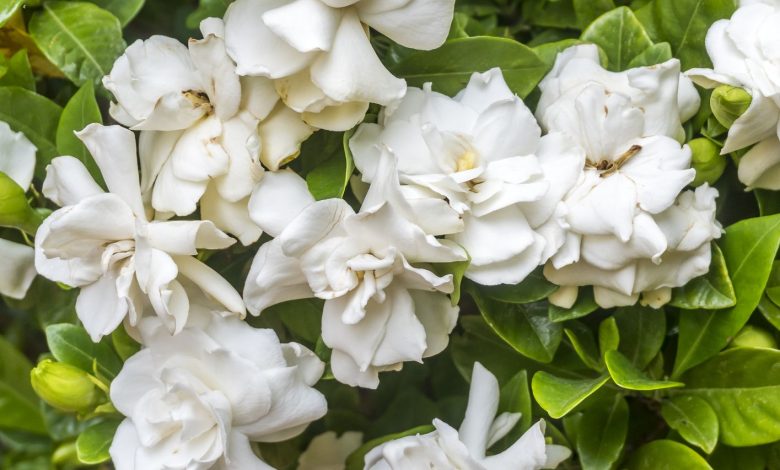
Aromatic plants have been used for therapeutic, religious, cosmetic, nutritional and aesthetic purposes since ancient times and there is practically no civilization that is not familiar with their use.
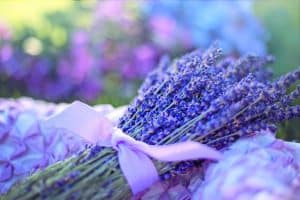 Currently, thousands of aromatic plants have been identified, which have been classified according to their basic ingredients.
Currently, thousands of aromatic plants have been identified, which have been classified according to their basic ingredients.
These, in addition to their therapeutic use, are also widely used due to their incomparable beauty, to decorate gardens and homes around the world.
Another peculiarity of this type of plants is that they are very easy to grow. In this article we tell you the most important details that you must take into account to grow the aromatic plants of your choice in your home.
What are aromatic plants?
Aromatic plants are those that, as their name indicates, produce and exude aromatic substances, widely used for the manufacture of essences, cosmetics, kitchen products and in the food, pharmaceutical and liquor industries.
Many aromatic plants are species of the Lauraceae, Umbelliferae, Myrtaceae and Labiatae families, and their history is closely linked to that of medicinal plants and culinary use.
Generally, they are one of the easiest plants to grow, since they require little care and maintenance, and their reproduction is simple.
Likewise, there are many species that do not require much space and can be easily grown in the garden or in pots, inside the home. Some, like basil and rosemary, can even grow easily in containers of water.
How are aromatic plants classified?
By their lifetime, aromatic plants are classified as follows:
- Annual aromatic plants: they last only one season ( chives, basil, dill).
- Biennial aromatic plants: they last only a couple of seasons. They give leaves during the first year and in the second they flower, give seeds and die (parsley).
- Perennial aromatic plants: they live for several years and most are usually bushy, woody or non-woody ( lavender, sage, mint or rosemary).
How are they planted from seed?
Sowing from seed has several advantages, among them that it is usually cheaper and also the plants that grow are more adapted to the environment and therefore are stronger.
- Mix the soil with substrate in case you do it directly on the ground. If you do it in a pot or seedbed, try to fill it generously with substrate.
- Place the seeds on the surface of the soil and the substrate.
- Cover them lightly with soil and substrate. Don’t over bury them.
- Moisten the earth.
- Put a sign to identify what you have just planted and be able to distinguish it when it germinates.
Main requirements of aromatic plants
Among the main needs of herbs and aromatic plants we can find:
light needs
 The majorityprefer full sun or indirect sunlight. Some aromatic annual plants prefer shade or partial shade.
The majorityprefer full sun or indirect sunlight. Some aromatic annual plants prefer shade or partial shade.
If the sunlight is very intense in your garden, you can place nets to generate shade, as well as add a little leaf litter or earthworm humus to the soil so that it maintains soil moisture for longer.
This will keep your plants well hydrated during the hottest days.
Water needs: How do we water them?
You need to try to havegood drainage in the soil to avoid waterlogging, since some species can suffer from root suffocation and are more prone to disease.
Most annual aromatic plants prefer well-hydrated soils, without becoming waterlogged, while perennial aromatic plants are a little more resistant to spaced irrigation.
When watering, preferably avoid watering the leaves. Try only to moisten the soil to avoid the appearance of fungi or other diseases.
In some cases it is recommendeddrip irrigation. Also, make sure that the leaves, especially the bush varieties, maintain good ventilation.
If you grow in pots, make sure they also have a good drainage system.
Aromatic plants very demanding with water
- The Mint.
- The coriander.
- Parsley.
- the basil
Aromatic plants that are not very demanding with water
What temperature do aromatic species need?
Many aromatic plants prefer warm climates, as long as they are well watered. Likewise, we must protect them from wind and frost.
In very cold climates, they should be grown indoors with very good lighting and in protected nurseries. Heating should be avoided.
Important points when growing aromatic plants
We should not mix annual and biennial plants with perennials, as they require different degrees of humidity in the substrate and the number of hours of sunlight.
In those bushy varieties it becomes necessary, over the years, to transplant them into larger containers to allow them to develop well and not limit their growth.
How do we prepare the substrate?
 Another factor that you must take into account is the one that corresponds to the substrate that your aromatic plants feed on.
Another factor that you must take into account is the one that corresponds to the substrate that your aromatic plants feed on.
This must be excellently drained and permeable. It is not necessary to have a rich soil, although it is always preferable that it be fertile.
How can we aromatic plants?
It is recommended to prune them every year, at the end of the flowering season, so that this helps to revitalize them and prevent them from becoming too woody.
Wilted flowers should be removed.
Try not to prune or harvest more than a third of the plant, since it will imply less growth of the plant.
In any case, harvesting aromatic plants leads to greater growth. Therefore, pruning is very important.
Reproduces aromatics easily
It is known that aromatic plants are easy to reproduce by cuttings. Therefore, simply cut a stem and try to increase the number of aromatic plants that you have in your garden or in your vegetable garden.
To learn more about reproduction by cuttings, you can look at this article.
Plant aromatics in pots
You have to keep in mind that the smaller the pot, the faster the substrate will dry. Whenever possible, get a larger pot.
You may think that a large pot can be a lot of wasted space, but it is not. You can plant several aromatic plants in the same pot.
By having a larger volume, the substrate will hold much better and the moisture will hold more in the soil.
In addition, you can combine several aromatic plants when cultivating them.
Just be careful not to mix the different types as we said above (i.e. perennials with perennials, biennials with biennials, and annuals with annuals).
Pests and diseases of aromatic herbs
In general terms, aromatic plants are usually very resistant to pests and diseases.
In any case, care should be taken to maintain good ventilation in the crop and not to overdo it with irrigation.
Other general recommendations to prevent and combat pests and diseases:
- Eliminate weeds and remains of other crops.
- Favor the ventilation of the crops.
- Use of healthy seedlings.
- Neem oil and nettle purin can be applied.
The 10 Most Common Aromatic Plants
Lavender
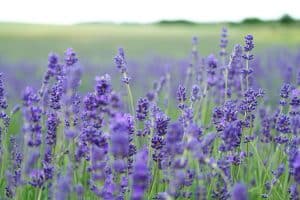 It is a very resistant plant that requires a lot of light, although in winter it withstands frost well. It adapts without problems to rocky areas and dry and clayey soils, as well as to pots and planters.
It is a very resistant plant that requires a lot of light, although in winter it withstands frost well. It adapts without problems to rocky areas and dry and clayey soils, as well as to pots and planters.
- To know more: how to plant lavender.
Also, it does not require much watering. Lavender adapts very well to a lack of moisture in the soil thanks to its deep root system.
Mint
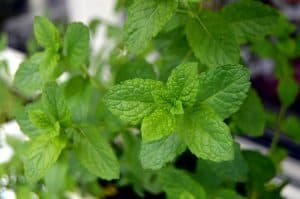 If you are looking for a simple and undemanding crop, mint is one of the best alternatives.
If you are looking for a simple and undemanding crop, mint is one of the best alternatives.
It is an aromatic herb that adapts easily to a wide variety of conditions. Also, it spreads very easily.
It should be exposed to a moderate amount of light to prevent it from drying out easily.
- To know more: how to plant mint.
In terms of irrigation, it is very demanding, but with the peculiarity that the more you water it, the more it grows. Ideal for planting in pots.
Basil
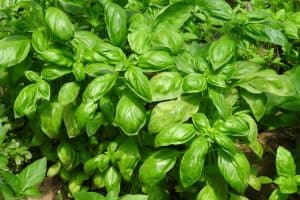 Basil is one of the easiest aromatic plants to grow, in addition to providing us with great benefits. It requires monthly fertilizer, with low humidity and constant irrigation.
Basil is one of the easiest aromatic plants to grow, in addition to providing us with great benefits. It requires monthly fertilizer, with low humidity and constant irrigation.
- To know more: how to plant lavender .
It is excessively sensitive to frost, so it is recommended to grow basil in a warm climate.
Rosemary
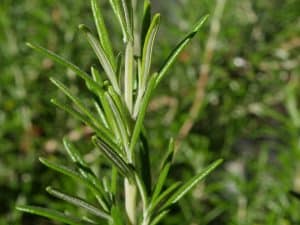 Rosemary is one of the most widely used aromatic plants in the world. It is a very complete crop, since as soon as it takes root it can be maintained for several years.
Rosemary is one of the most widely used aromatic plants in the world. It is a very complete crop, since as soon as it takes root it can be maintained for several years.
- To know more: how to plant rosemary.
It grows in dry and well-lit environments, but it is also resistant to cold. It is recommended that it spend between 6 to 8 hours of intense sun, although it can tolerate periods of shade.
Peppermint
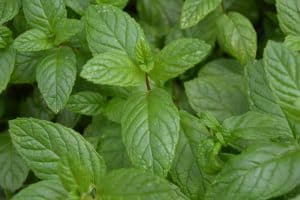 Another variety of the mint genus, to prevent it from drying out, it should be exposed to a moderate amount of light.
Another variety of the mint genus, to prevent it from drying out, it should be exposed to a moderate amount of light.
- To know more: how to plant peppermint.
It is advisable to plant it in an area where it receives sunlight during the day and a little shade in the afternoon. It requires a lot of humidity. In fact, the more you water it, the more it grows.
Calendula
Calendula is one of the easiest plants to grow. It is highly appreciated for its beauty and its many therapeutic uses. For its cultivation, it is enough to place the seed in the ground and expose it to the sun.
It should be watered regularly, but sparingly as it does not tolerate very wet soils.
Chamomile
 Chamomile prefers full sun. As for irrigation, this aromatic plant tolerates a lack of water better than an excess. Preferably, drip irrigation should be done.
Chamomile prefers full sun. As for irrigation, this aromatic plant tolerates a lack of water better than an excess. Preferably, drip irrigation should be done.
It is ideal for planting outdoors, although it must be protected from frost and very intense cold.
Balm
It is a plant that needs moderate watering to maintain humidity, especially during the summer.
However, it resists drought very well. It likes intense sun and does not resist low temperatures very well.
Bergamot
Bergamot is an aromatic perennial plant that can grow to a height of 2 meters. It requires moist places, with partial shade and a well-drained and fertilized soil.
It needs regular watering, allowing the surface of the substrate to dry between each application.
money plant
 The Plectranthus verticillatus is popularly known asthe Money Plant.
The Plectranthus verticillatus is popularly known asthe Money Plant.
Originally from the African continent, her good fame has spread throughout the world.
If you receive a cutting and it grows into a beautiful plant, then don’t hesitate: your luckhas been blessed and you will earn a lot of money.
citronella
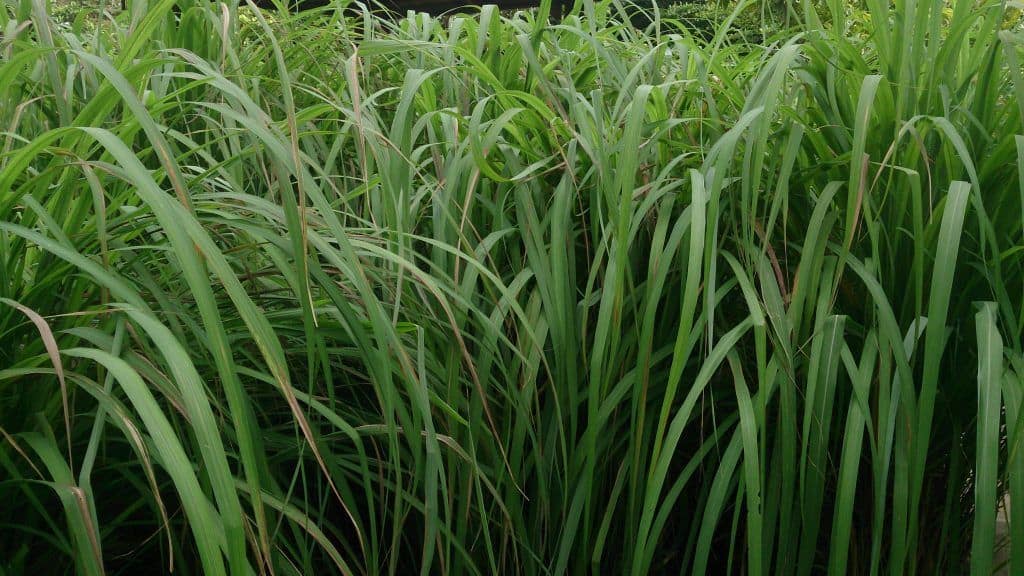
A member of the geranium family, citronella carries the fragrance of citrus in its foliage.
When the leaves are crushed and the oil is rubbed on the skin, it smells wonderful and can help naturally ward off mosquitoes.
Growing upright to 2 or 3 feet tall, they can be used as a summer border or one of several textures in a garden composition or large mixed container.
It prefers warm climates, with good sun exposure. It likes constant watering, but does not tolerate waterlogging.
lantana
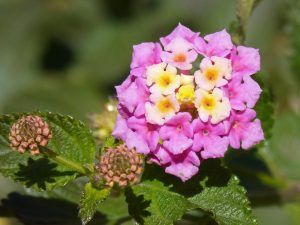 Lantana ((lan-tan-uh)) is a genus of about 150 species of perennial flowering plants in the verbena family, Verbenaceae.
Lantana ((lan-tan-uh)) is a genus of about 150 species of perennial flowering plants in the verbena family, Verbenaceae.
Lantanas are very beautiful flowers, with ornamental value and that usually grow wild.
They are native to tropical America and Africa, but exist as an introduced species in many areas, especially the Australian Pacific region and southern and northeastern India.
The genus includes both herbaceous plants and shrubs growing up to 0.5-2 m tall.
Their common names are bush verbenas or lantanas. The generic name comes from late Latin, where it refers to Viburnum lantana.
Lantana’s scented flower clusters (called umbels) are a mix of red, orange, yellow or blue and white flowers. Other colors exist as new varieties are selected.


![Photo of Sprinkler Irrigation: [Advantages, Disadvantages, Forms and Operation]](https://www.complete-gardening.com/wp-content/uploads/2022/08/sprinkler-irrigation-advantages-disadvantages-forms-and-operation-390x220.jpg)

